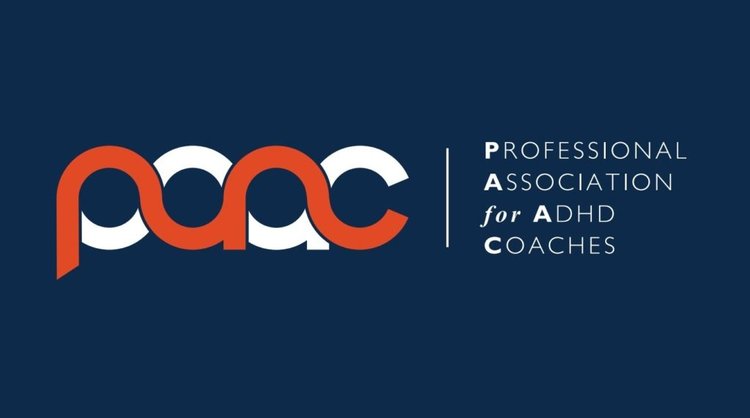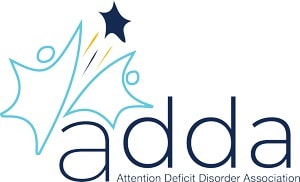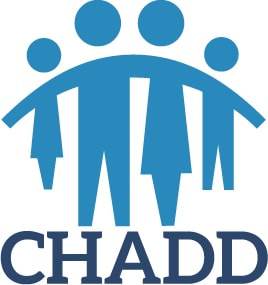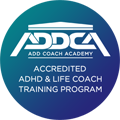Magazine and Journal Articles
Click on the title to access the article. Note that some publications may require a subscription in order to access the magazine or journal article in its entirety.
From 2023.
The Rx Crisis: The Impact of Ongoing ADHD Medication Shortages - August 2023.
The Collateral Damage of ADHD Drug Shortages - August 2023.
Sleep Moderates Impulsivity and Risky Media Use in Kids - June 2023.
ADHD Statistics (Forbes) - June 2023.
‘Children with ADHD are being failed’: parents share their experiences of an overwhelmed system - June 2023.
Xelstrym Now Available: New FDA-Approved ADHD Stimulant Patch - June 2023.
ADHD is an illness, not a lifestyle. Don't punish people for it - April 2023.
Listen up! ADHD slows spoken-word processing in adverse listening conditions: Evidence from eye movements - February 2023.
The Collateral Damage of ADHD Drug Shortages - August 2023.
Sleep Moderates Impulsivity and Risky Media Use in Kids - June 2023.
ADHD Statistics (Forbes) - June 2023.
‘Children with ADHD are being failed’: parents share their experiences of an overwhelmed system - June 2023.
Xelstrym Now Available: New FDA-Approved ADHD Stimulant Patch - June 2023.
ADHD is an illness, not a lifestyle. Don't punish people for it - April 2023.
Listen up! ADHD slows spoken-word processing in adverse listening conditions: Evidence from eye movements - February 2023.
From 2022.
Adult ADHD is Misunderstood: Realistic Solutions for Managing Life, Time and Emotions - Updated November 2022
DESR: Does ADHD Emotional Disregulation Ever Fade? - Updated April 2022
DESR: Why Deficient Emotional Self-Regulation is Central to ADHD (and often overlooked) - Updated July 2022
Editorial: Each child with ADHD is Unique: Treat The Whole Patient, Not Just Their Symptoms - October 2022
Pattern of Gene Activity for ADHD - November 2022
Researchers Gain a Better Understanding of How the Most Commonly Used ADHD Medication Works - December 2022
Testing the Impact of Depressive and Anxiety Features on the Association between Attention-Deficit/Hyperactivity Disorder Symptoms and Academic Performance among University Students: A Mediation Analysis - August 2022
The Contributions of Cognitive Abilities to the Relationship between ADHD Symptoms and Academic Achievement - August 2022
The Link between ADHD Symptoms and Antisocial Behavior: The Moderating Role of the Protective Factor Sense of Coherence - October 2022
DESR: Does ADHD Emotional Disregulation Ever Fade? - Updated April 2022
DESR: Why Deficient Emotional Self-Regulation is Central to ADHD (and often overlooked) - Updated July 2022
Editorial: Each child with ADHD is Unique: Treat The Whole Patient, Not Just Their Symptoms - October 2022
Pattern of Gene Activity for ADHD - November 2022
Researchers Gain a Better Understanding of How the Most Commonly Used ADHD Medication Works - December 2022
Testing the Impact of Depressive and Anxiety Features on the Association between Attention-Deficit/Hyperactivity Disorder Symptoms and Academic Performance among University Students: A Mediation Analysis - August 2022
The Contributions of Cognitive Abilities to the Relationship between ADHD Symptoms and Academic Achievement - August 2022
The Link between ADHD Symptoms and Antisocial Behavior: The Moderating Role of the Protective Factor Sense of Coherence - October 2022
From 2021.
Academic, Interpersonal, Recreational, and Family Impairment in Youth with Tourette Syndrome and Attention-Deficit/Hyperactivity Disorder
ADHD: An expert shares common symptoms and the latest research
A Review of the Current Evidence on Management of ADHD in Children and Adolescents
Not Just ADHD?
Goal Management Training in Adults in ADHDadhd-institute.com/goal-management-training-in-adults-with-adhd/
Probable ADHD in Inmates and Its Relationship with Recidivism
ADHD: An expert shares common symptoms and the latest research
A Review of the Current Evidence on Management of ADHD in Children and Adolescents
Not Just ADHD?
Goal Management Training in Adults in ADHDadhd-institute.com/goal-management-training-in-adults-with-adhd/
Probable ADHD in Inmates and Its Relationship with Recidivism







